Instrumentation plays a crucial role in the petrochemical industry, providing monitoring, early warning, and indication functions. Improper installation can not only affect the normal operation of the entire project but also pose severe safety risks, potentially leading to hazardous chemical accidents. This document aims to provide an in-depth understanding of the standard guidelines for instrument installation in the petrochemical sector.
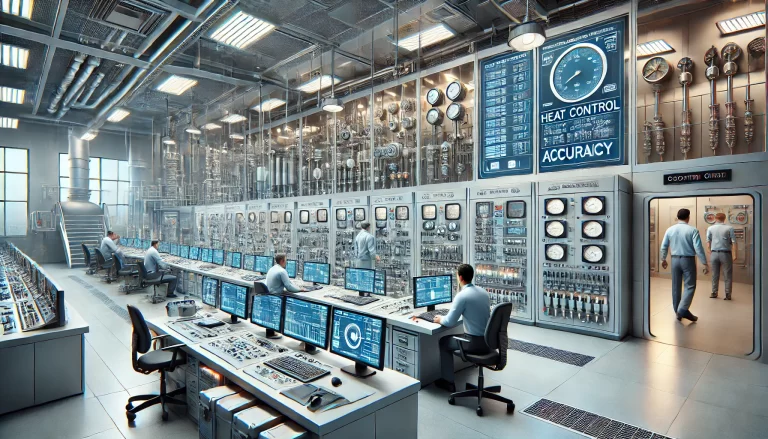
1. General Requirements
When installing on-site instruments, the following requirements must be met:
Accessibility and Operation: Instruments should be positioned for easy access, observation, and operation. If necessary, dedicated platforms and ladders should be provided.
Environmental Considerations:
Avoid areas with high temperatures or excessive vibrations.
Keep instruments away from electrostatic and electromagnetic interference; if unavoidable, appropriate shielding measures should be implemented.
Protection Measures: Instruments should have protective features suitable for the site environment.
Weather Protection: Non-waterproof instruments installed outdoors must be housed in protective enclosures.
Explosion Safety: Non-explosion-proof instruments used in hazardous environments should be installed in pressurized instrument cabinets or other explosion-proof enclosures in compliance with explosion protection standards.
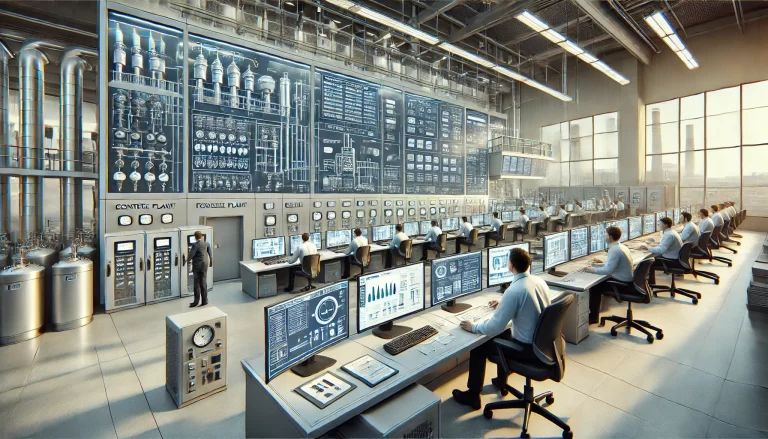
2. Connection of Instruments to Process Systems
The connection of instruments to process pipelines and equipment should comply with the following requirements:
Material and Pressure Standards:
The materials and pressure ratings of instrument connectors, flanges, and impulse pipelines must meet or exceed those of the process pipelines or equipment.
Flange Pressure Ratings: Unless otherwise specified, the minimum nominal pressure for measurement media impulse pipelines should be:
Class A piping: Not less than 5.0 MPa.
Class B and C piping: Not less than 2.0 MPa.
For steam, air, and water pipes with design pressure not exceeding 0.6 MPa, the flange pressure should be at least 1.0 MPa.
Gasket Selection: Flange sealing gaskets should meet the following conditions:
For pressures below 5.0 MPa, asbestos rubber sheets or PTFE-coated gaskets can be used.
For highly toxic, flammable, or high-temperature applications, spiral wound gaskets are recommended.

3. Static Pressure Measurement Piping
For static pressure measurement instruments, impulse piping must meet the following specifications:
Material Selection: Stainless steel or carbon steel pipes (e.g., Φ14×2 mm, Φ18×3 mm) are recommended.
Connection Methods: Acceptable methods include socket welding, butt welding, or compression fittings.
Isolation Valves: Root valves should be welded and may include gate, globe, or ball valves.
Drainage and Venting: Drain and vent valves should be located near the instrument; exceptions include steam, toxic, or highly corrosive media.
Protection Against Corrosion and Clogging: Isolation tanks (condensation chambers) should be used for steam, corrosive, or viscous media.
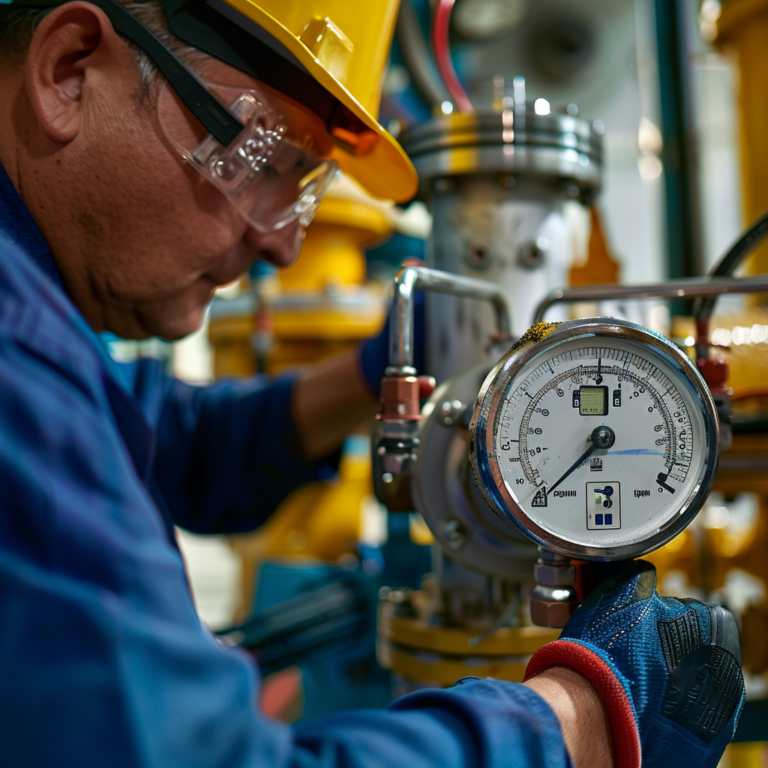
4. Temperature Measurement Instruments
Temperature instruments, such as thermocouples and resistance thermometers, should adhere to these requirements:
Installation Methods:
Use flanged connections for systems with pressures above 5.0 MPa or temperatures exceeding 370°C.
Ensure proper insertion depth to avoid inaccurate readings.
Insertion Depth Calculation:
L = L1 + δ + U
L1: Instrument connection length (mm)
δ: Pipe wall thickness (mm)
U: Immersion length (mm)
Positioning: Sensors should not be placed in stagnant fluid zones.
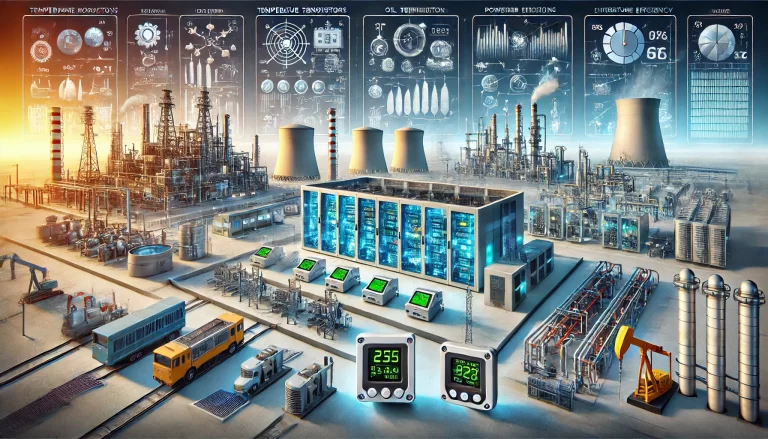
5. Pressure Measurement Instruments
Pressure measurement installations should meet the following guidelines:
Installation Location:
Avoid vortex-prone areas.
Pressure gauges should be installed close to the connection points.
Protective Measures:
Cooling coils (siphons) should be used for media above 60°C.
Pulsation dampers should be installed to reduce measurement fluctuations.
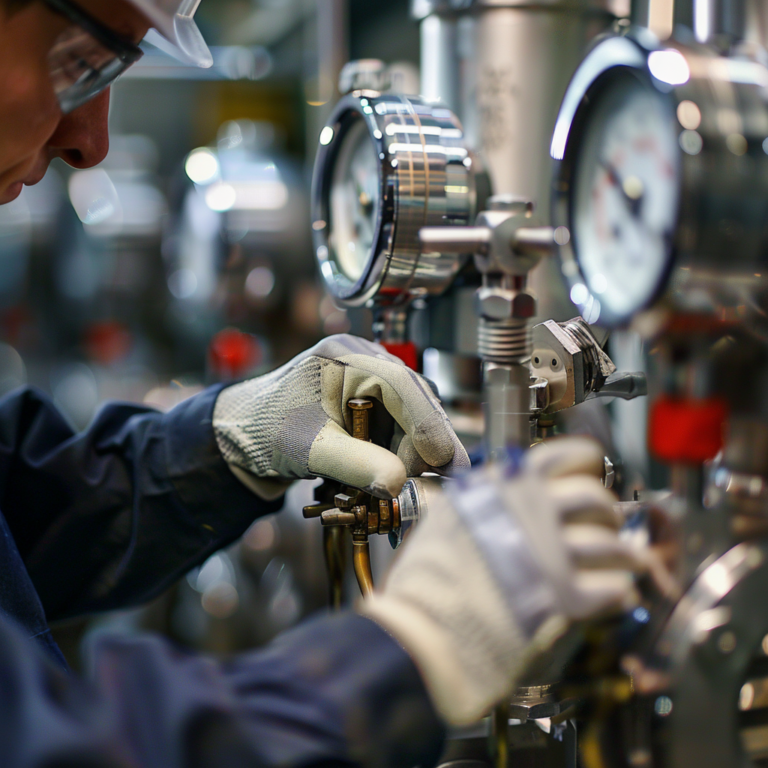
6. Flow Measurement Instruments
Flow meters should be installed following these key recommendations:
General Installation:
Ensure the pipeline is completely filled with the measured fluid.
Sufficient straight pipe sections upstream and downstream should be maintained as per the manufacturer’s specifications.
Specific Instrument Guidelines:
Orifice Plates and Nozzles: Require a minimum upstream straight pipe section based on obstruction type.
Electromagnetic Flow Meters: Should be installed in pipes that remain fully charged to ensure accurate readings.
Turbine Flow Meters: Require filters and air eliminators for optimal performance.
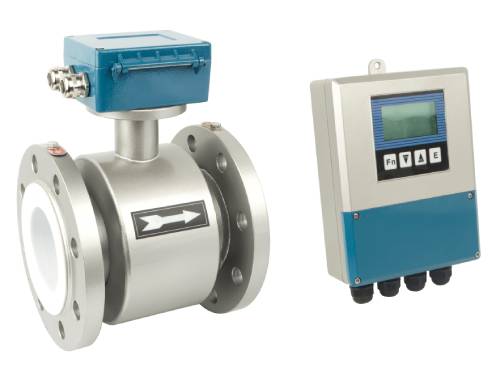
7. Safety and Maintenance Considerations
Periodic Inspection: Regular calibration and functional testing should be conducted to ensure optimal performance.
Accessibility: Proper arrangements should be made for future maintenance and calibration without causing operational disruptions.
Compliance with Standards: Installation should adhere to national and international guidelines such as GB 50093-2013.
Conclusion
Proper installation of instruments in the petrochemical industry is critical for safety, efficiency, and accuracy. By following these detailed guidelines, plants can ensure compliance with regulatory standards and optimize operational performance.
